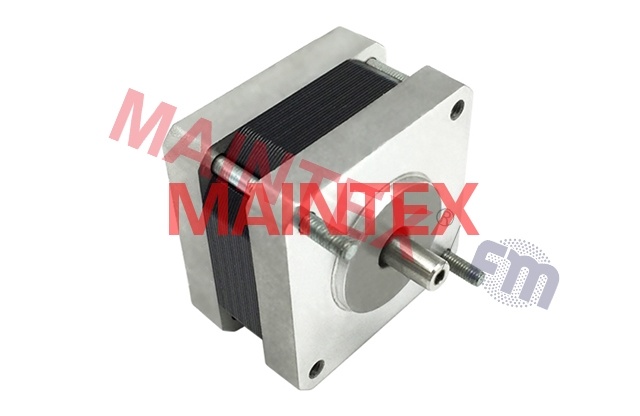Advantages of hybrid stepper motors - treadmill motors
Published time:
2025-04-10 14:38
A hybrid stepper motor is a stepper motor designed by combining the advantages of permanent magnet and variable reluctance types. They are classified into two-phase, three-phase, and five-phase types. Two-phase motors typically have a step angle of 1.8 degrees, three-phase motors typically have a step angle of 1.2 degrees, and five-phase motors typically have a step angle of 0.72 degrees.
The rotor of a hybrid stepper motor is inherently magnetic; therefore, it produces greater torque than a variable reluctance stepper motor under the same stator current. Its step angle is also typically smaller. Therefore, economical CNC machine tools generally require hybrid stepper motor drives. However, the hybrid rotor structure is more complex and has a larger moment of inertia, resulting in slower speed compared to variable reluctance stepper motors.

Advantages:
Hybrid stepper motors are classified into two-phase, three-phase, and five-phase types: two-phase motors typically have a step angle of 1.8 degrees, while five-phase motors typically have a step angle of 0.72 degrees. As the number of phases (energized windings) increases, the step angle of hybrid stepper motors decreases, and the precision improves. This type of stepper motor is widely used. Hybrid stepper motors combine the advantages of both variable reluctance and permanent magnet stepper motors: the number of pole pairs is equal to the number of rotor teeth and can be changed over a wide range as needed; the winding inductance changes little with rotor position, making optimal control easier to achieve; axial magnetization of the magnetic circuit, using new high-energy permanent magnetic materials, helps to improve motor performance; the rotor magnets provide excitation; and there are no significant oscillations throughout the operating range.
Related news

James Yang
Phone:+86 13699794382
Email:james.yang@maintexpt.com
Address: Maintex Science & Technology Park, No. 8 Kangming Rd., Pingdi Street, Longgang District, Shenzhen, China 518117
Sorry,当前栏目暂无内容!
您可以查看其他栏目或返回 首页
Sorry,The current column has no content!
You can view other columns or return Home


